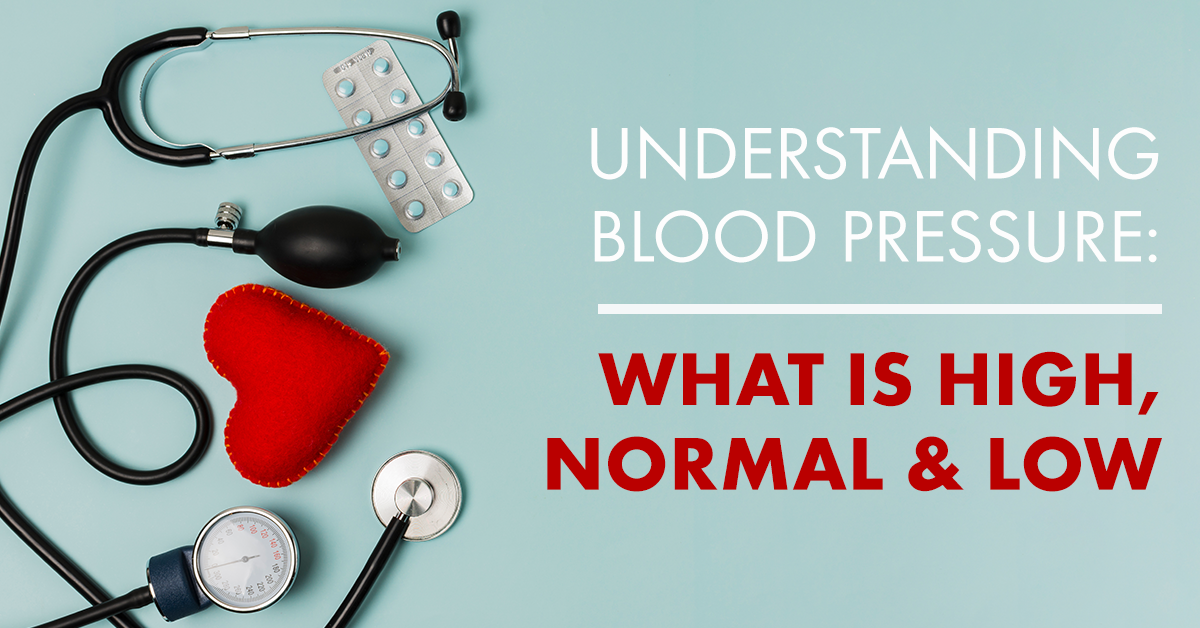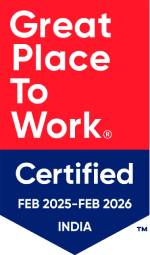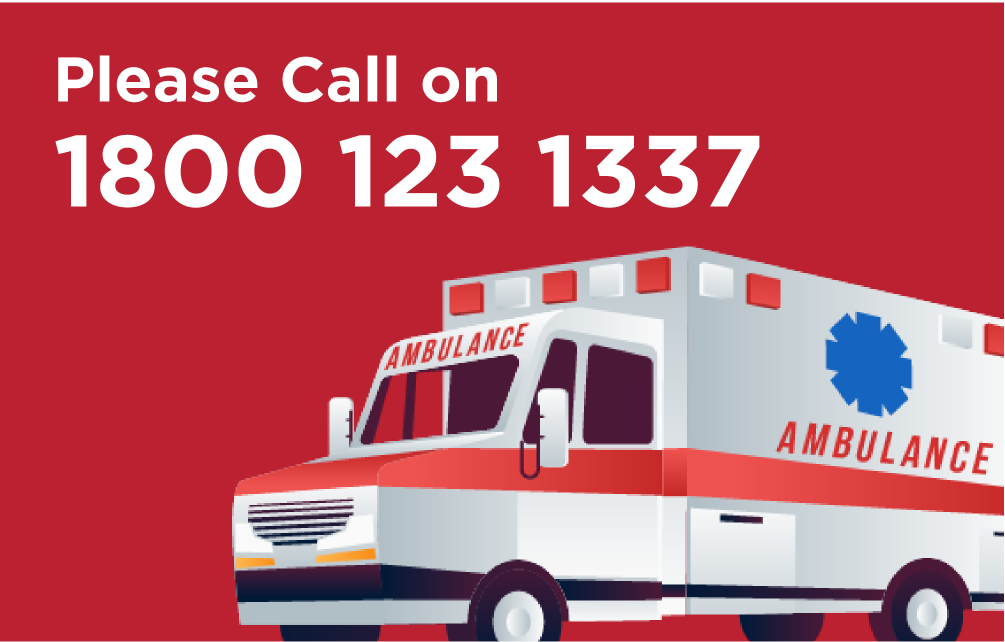Understanding Blood Pressure: What is High, Normal & Low

There’s a good reason why every doctor’s appointment starts with a blood pressure check. Most people are unaware that they have it because it is largely symptom-less. But what is Blood Pressure?
Blood pressure is the force of your blood pushing against the walls of your arteries. Each time your heart beats, it pumps blood into the arteries. Your blood pressure is highest when your heart beats, pumping the blood. This is called systolic pressure. When your heart is at rest, between beats, your blood pressure falls. This is called diastolic pressure.
It is an important force because oxygen and nutrients would not be pushed around our circulatory system to nourish tissues and organs without blood pressure. Blood pressure is also vital because it delivers white blood cells and antibodies for immunity, and hormones such as insulin.
What is Systolic and Diastolic Pressure?
When you get your blood pressure numbers, there are two of them. The first, or “top” one, is your systolic blood pressure. The second, or “bottom,” one is diastolic blood pressure. Knowing both is important and could save your life.
When your heart beats, it squeezes and pushes blood through your arteries to the rest of your body. This force creates pressure on those blood vessels, and that’s your systolic blood pressure.
Here’s how to understand your systolic blood pressure number:
Normal: Below 120
Elevated: 120-129
Stage 1 high blood pressure (also called hypertension): 130-139
Stage 2 hypertension: 140 or more
Hypertensive crisis: 180 or more.
The diastolic reading, or the bottom number, is the pressure in the arteries when the heart rests between beats. This is the time when the heart fills with blood and gets oxygen. This is what your diastolic blood pressure number means:
Normal: Lower than 80
Stage 1 hypertension: 80-89
Stage 2 hypertension: 90 or more
Hypertensive crisis: 120 or more.
However, one reading may not be enough to diagnose high/low blood pressure. Your doctor may want you to have several blood pressure readings over time, to check if it’s consistently too high or too low.
Typically, more attention is given to systolic blood pressure (the first number) as a major risk factor for cardiovascular disease for people over 50. In most people, systolic blood pressure rises steadily with age due to the increasing stiffness of large arteries, long-term buildup of plaque and an increased incidence of cardiac and vascular disease. However, either an elevated systolic or an elevated diastolic blood pressure reading may be used to make a diagnosis of high blood pressure. According to recent studies, the risk of death from ischemic heart disease and stroke doubles with every 20 mm Hg systolic or 10 mm Hg diastolic increase among people from age 40 to 89.
How to measure Blood Pressure?
The device used to measure blood pressure is a sphygmomanometer, it consists of a rubber armband – the cuff that is inflated by hand or machine pump. Once the cuff is inflated enough to stop the pulse, a reading is taken, either electronically or on an analogue dial. The reading is expressed in terms of the pressure it takes to move mercury round a tube against gravity. This is the reason for pressure being measured using the unit millimetres of mercury, abbreviated to mm Hg.
Prevention & Treatment
Keeping your blood pressure in the normal range is crucial in preventing complications, such as heart disease and stroke.
To keep your blood pressure in the normal range, your daily habits are key. These things help:
– Don’t smoke. Among the many health problems that smoking causes, it raises your blood pressure.
– Make physical activity a habit. Most experts recommend at least 30 minutes of moderate-intensity physical activity (like biking or brisk walking) five or more times a week. Or you could do a harder activity for a shorter period of time per session.
– Eat a diet rich in fruits, vegetables, and low-fat dairy products.
– Cut down on sodium, or salt, in the diet.
– Stick to a healthy weight. Extra pounds raise your blood pressure.
– Get enough sleep.
High blood pressure usually has no symptoms. So the only way to find out if you have it is to get regular blood pressure checks from your health care provider. Treatments include lifestyle changes, and if that’s not enough, may also include medications. Deciding whether you need medication is often done on a case-by-case basis, depending on what else is going on with your health and on your preferences.

 Call-an-Ambulance
Call-an-Ambulance



